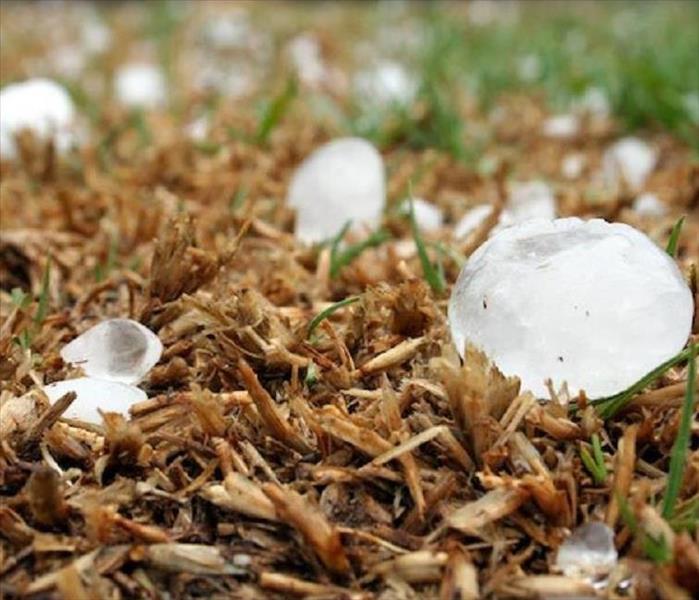Storm Damage Effects from Hurricanes
9/19/2018 (Permalink)
New Yorkers are familiar with severe storms and their effects. But can you name the 8 most common types of storm? Each storm has unique causes and causes unique damage.
SERVPRO® of Kingston/New Paltz knows how important it is to home and business owners to keep property safe during and after a storm and how important storm education is.
- Hurricanes
- Tornadoes
- Flooding
- Snow storms
- Hail storms
- Thunderstorms
- Lightning storms
- Ice storms
Here in New England, the Kingston/New Paltz area is familiar with snow and ice. On the bank of the Hudson River, and only a couple hundred miles from the Atlantic Ocean, residents are familiar with the risk of flooding, too. Hail and lightning aren’t too uncommon either. You might not have heard of a Derecho storm before, though. That’s because this a rare storm, one comprised of multiple large storms that spread across 240 miles (at least) and with speeds of up to 58 mph.
As New York learned during Hurricane Sandy, the effects of a hurricane are felt far and wide.
Because of these widespread effects (Hurricane Sandy impacted 24 states), it’s important to know exactly what kind of damage a hurricane causes.
Storm surge is commonly known as a “wall of water,” but it’s not a wall at all. Storm surge is when hurricane winds shove water closer and closer to shore, which causes it to pile up and rise higher than the predicted tide level. Instead of receding back into the ocean, the excess water rushes inward and inland. This excess water can be very dangerous, with swift currents and enough power to damage any structures in its path.
When it comes to hurricanes, floods are primarily caused by rainfall or storm surge. When storm surge forces extra water inland, that water has nowhere to go and so it creates the perfect condition for floods. The effect of a hurricane can be felt up to 100 miles away through excess heavy rainfall, making rainfall the most widespread effect from tropical storms. Yes - even tropical storms that aren’t categorized as hurricanes can cause heavy rain.
74 - 155 miles per hour. That’s how fast and strong winds from hurricanes can become. As these winds pick up debris and toss it around, they cause a domino effect in damage. Strong winds can rip out trees, down power lines, and move vehicles. Hurricane winds are known to be so strong that they can even form separate tornadoes.
Storm damage caused by hurricanes is vastly powerful. Cleaning up after a storm can be daunting. Don’t do it alone; instead, call SERVPRO® of Kingston/New Paltz for the leading experts in storm damage restoration.





 24/7 Emergency Service
24/7 Emergency Service
